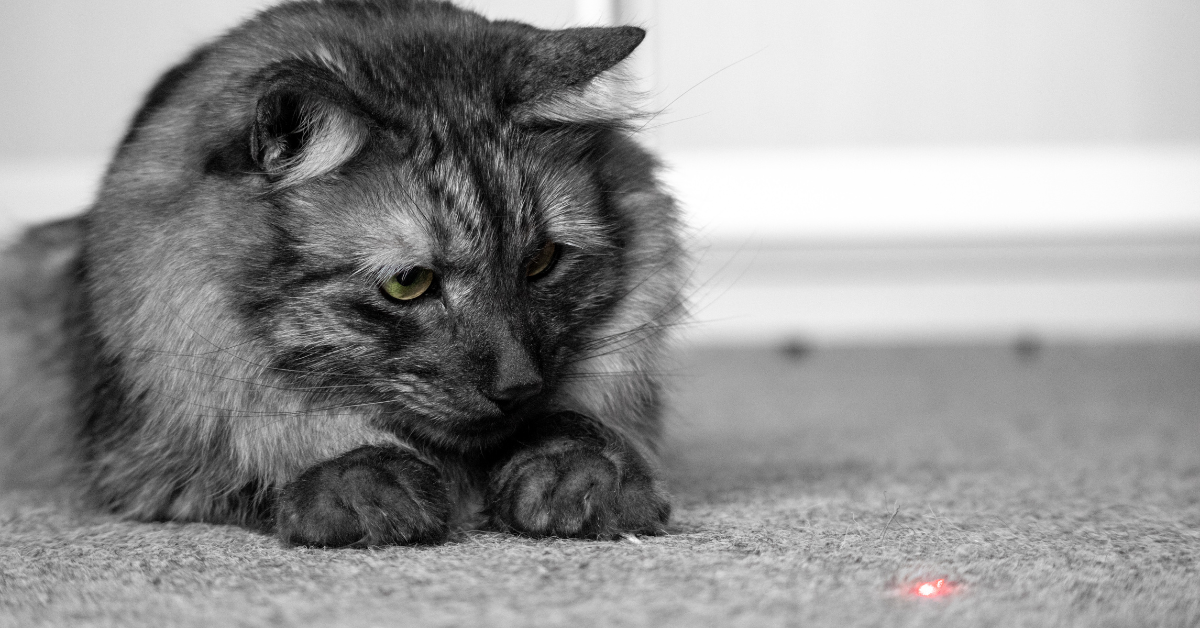Becoming a first-time owner of a cat entails answering a lot of questions that you’ve never really had to consider before.
Questions like: “Why does my cat cough so much?” or “What the heck is a warble?” or “How is my cat this cute?”
But there’s a one question that pet owners rarely try to really answer definitively: how much food should we give our cat, really?
If you try to answer it on the fly, you might find yourself trying to measure out cat food in your head or defaulting to the timeless “Enough, obviously.” But, in reality, the answer to this simple question is anything but that.
How Much Should I Feed My Cat?

That being said, there are a couple of ways that you can get a general idea of how much food to give your cat.
Check the Nutrition Guidelines on Your Cat’s Food
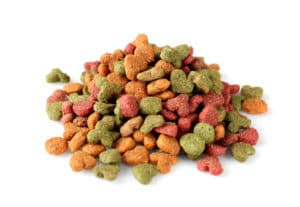
However, be warned that these feeding instructions are based on the caloric needs of an average cat at that weight with an average activity program. You’ll need to take some additional steps if you want to determine the ideal amount of food to give your cat.
Use Rules of Thumb, with Caution
If you’re someone who just wants to abide by a simple rule, then consider this: the Animal Medical Center in New York says that a healthy, active 8-pound cat requires 30 calories per pound, per day.
If your cat feeds on a set schedule twice a day, then you could theoretically split a cup of dry cat food (typically ~300 calories) between two meals and provide your cat with sufficient calories for the day.
On the other hand, you can just drop this amount of food into your cat’s feeder each day if they free feed.
But truly determining the precise amount of food your cat needs per day requires you to take a whole range of factors into consideration.
What Factors Affect How Much Food to Give Your Cat?
As much as we wish there was a simple formula that we could use to answer the question “How much food should I feed my cat?”, there isn’t. In reality, the amount of food that a cat needs every day is dependent on Your answer to a battery of questions. Here goes:
Age
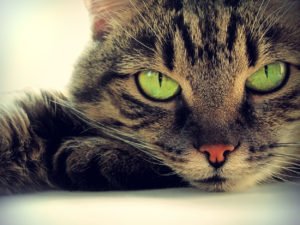
Once the cat reaches one year old, Kallfelz says, they should be fed once or twice a day. Kallfelz also notes that senior cats who are seven years old and up should maintain the same feeding regimen they’ve had since becoming adults.
Size
Your cat’s weight will also determine how much food they should be consuming on a daily basis. Larger breeds of cats tend to require more food than smaller breeds of cats. Although, this is not a hard and fast rule – some cats that appear to be large have surprisingly small frames. The “large” is simply a lot of hair! You don’t want to accidentally overfeed your cat just because they look extra fluffy!
Weight and Metabolic Level
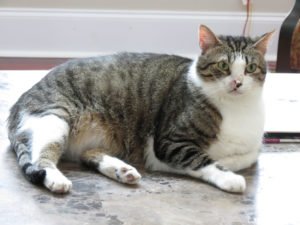
And, while people might flip out to show you the latest video of chubby cats acting adorable, trust us when we say there’s nothing cute about the effects of feline obesity. Feline obesity is associated with a considerable number of potentially devastating health issues in cats including diabetes, arthritis, urinary tract disease, and more.
Along those same lines, cats who are regularly active will require more food to maintain their continually active metabolism per day than cats who are sedentary.. This makes tons of sense if you think about it – when you, as a human, exercise regularly, you’ll often hear your tummy rumbling to remind you to keep the fuel coming!
Health
A number of diseases and ailments can affect both your cat eats and how much they end up eating.
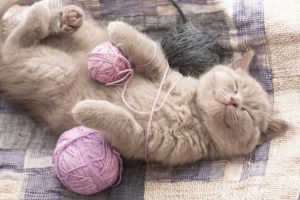
Both hypothyroidism and hyperthyroidism tend to cause an increased appetite in cats. However, while hypothyroidism is often associated with weight gain, hyperthyroidism often presents with weight loss. But, in both cases, you might find your cat purring up to you for a bite of whatever you’re snacking on with more regularity.
Additionally, cats with moderate to severe tooth decay and/or gum disease may exhibit less of an appetite, as eating may become uncomfortable for them. Signs that point to your cat’s mouth as the root cause of disease include drooling, decreased appetite and/or pawing at the mouth.
Reproductive Status
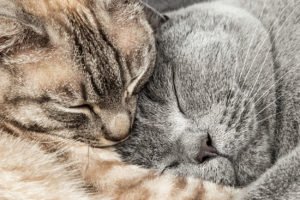
Conversely, pregnant cats will gradually increase their food intake from the day she mates through the end of her term. By the time that she has her kittens, a pregnant cat may be consuming between 50% and 100% more than her daily food intake pre-pregnancy.
Body Condition Score
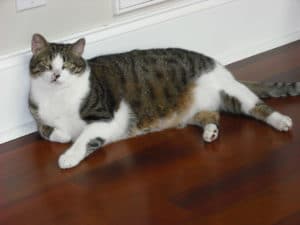
A body condition score is a number that’s assigned to specific cat body types, ranging from 1 to 9. A cat with body condition score of 1 would be considered very underweight, while a cat with a score of 9 would be considered very overweight. A cat with an ideal body type would score around a five.
How to Determine a Cat’s Body Condition Score
In order to get the most accurate Body Condition Score, get your cat evaluated by a trained veterinarian. However, you can attempt to get a rough estimate of your cat’s score by following the procedure below.
Before the exam begins, make sure your cat is relaxed. Pet them and love on them before you begin the exam. Remember to intersperse this affection throughout the exam, too! After all, who wouldn’t want some comfort while getting their body checked out?
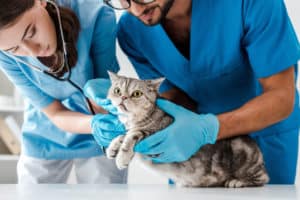
Gently but firmly rub your hands along your cat’s ribs. Your cat’s rib cage should not be visible through their coat. If you notice rib bones sticking out without applying additional pressure, your cat’s weight is probably too low. However, if you have a difficult time feeling their ribs even after applying pressure, your cat may be too heavy.
Next, move your hands toward their waist. Be careful: cats are often sensitive in this area! You should be able to make out an hourglass shape as you work your way down their waist. If, instead of feeling an hourglass you feel something more akin to a cat shaped blob, your cat may be overweight.
Finally, you’ll want to feel your cat’s stomach. A cat who is of normal weight will have a stomach that makes a straight line with their hips. If your cat has something of a small, sagging bit of skin that hangs, don’t worry; that’s just their paunch. Most cats have one! Just be sure it doesn’t drag on the floor when they walk!
Once you’ve completed the above steps, you should be able to roughly determine your cat’s body condition score. If you came away from the exam thinking, “Man, my cat sure is bony!” then your cat may score between 1 and 4 and they may be underweight. On the flip side, if you walked away thinking “Maybe I should stop feeding Whiskers so much popcorn…” your cat may have a score that’s greater than 5 and they may be overweight.
You can take a look at each of the Body Condition Scores and their descriptions here.
How Often Should I Feed My Cat?
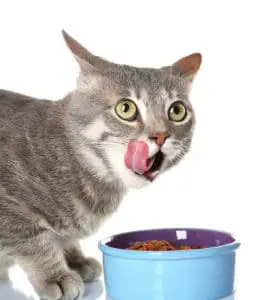
While it may seem like a pain to spend time learning the best times of day to feed your cat, it’s worth it. Establishing a feeding schedule provides your cat with feelings of stability and predictability. By providing this constant for them, your cat may have an easier time coping with changes in the house.
A predictable feeding schedule can be especially helpful when you’re trying to get your cat to eat new foods, as it conditions them to be hungry at the same time every day. What better motivator is there to try food than being super hungry?
Ultimately, however, the time of day they eat matters much less to your cat’s overall health than how much they eat at each meal.
We hope you found this article helpful and if your dog ever gets any cuts, abrasions, ear infections or ringworm, we hope you keep Banixx Pet Care in mind.
Sources
- https://www.amcny.org
- https://www.vet.cornell.edu/departments-centers-and-institutes/cornell-feline-health-center/health-information/feline-health-topics/how-often-should-you-feed-your-cat
- https://www.dogster.com/the-scoop/dog-health-association-for-pet-obesity-prevention-most-u-s-dogs-fat
- https://cherryhillanimalhospital.com/overweight-or-obese-cats-and-the-risks-to-their-health/
- https://www.catwatchnewsletter.com/food/feeding-the-diabetic-cat/
- https://www.petmd.com/blogs/nutritionnuggets/cat/dr-coates/2015/may/feed-spayed-and-neutered-cats-right-keep-them-slim-32-32793
- https://www.purina.co.uk/cats/health-and-nutrition/exercise-and-weight-management/assessing-your-cats-body-condition
- https://vcahospitals.com/know-your-pet/feeding-times-and-frequency-for-cats
Share this Post
Featured Post
Recent Posts
Lipomas….mysterious Lumps & Bumps on your pup…When should I worry? What should I do about them?
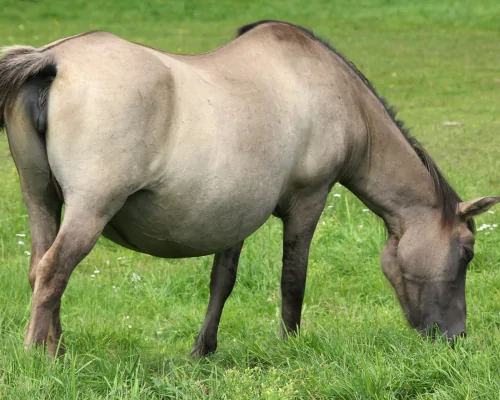
Managing the Mamas –Part 2 –The development process
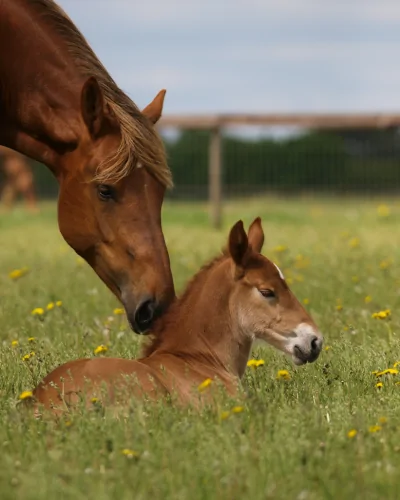
Managing the Mamas: Part 1 – Preparing to Breed Your Mare

HOW MANY TOES?? Caring for the Polydactyl Cat
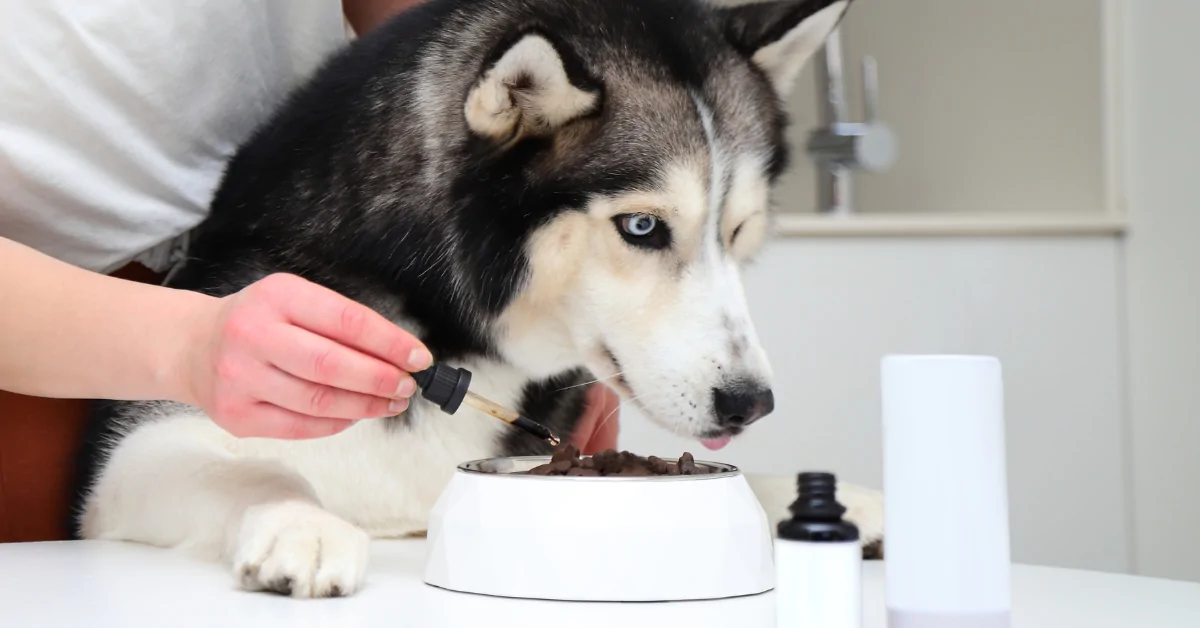
Do Dog Joint Supplements Actually Work?
